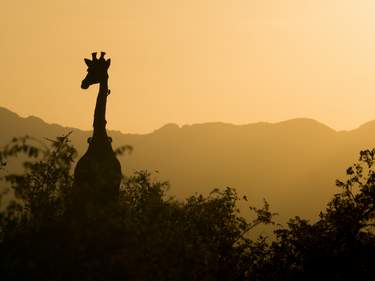- Authentic Experiences
- National Parks & Reserves
- History Culture Heritage
- Walking Hiking Trekking
- Off the Beaten Track
- Diving & Snorkeling
- Iceland
- India
- Philippines
- England
- Italy
- Mexico
- USA
- Turkey
- Canada
- Scotland
- See & Do
- South Africa
- New Zealand
- France
- Poland
Planning your own trip? Prepare for your trip
Use Rough Guides' trusted partners for great rates
_listing_1637090645279.jpeg)
































